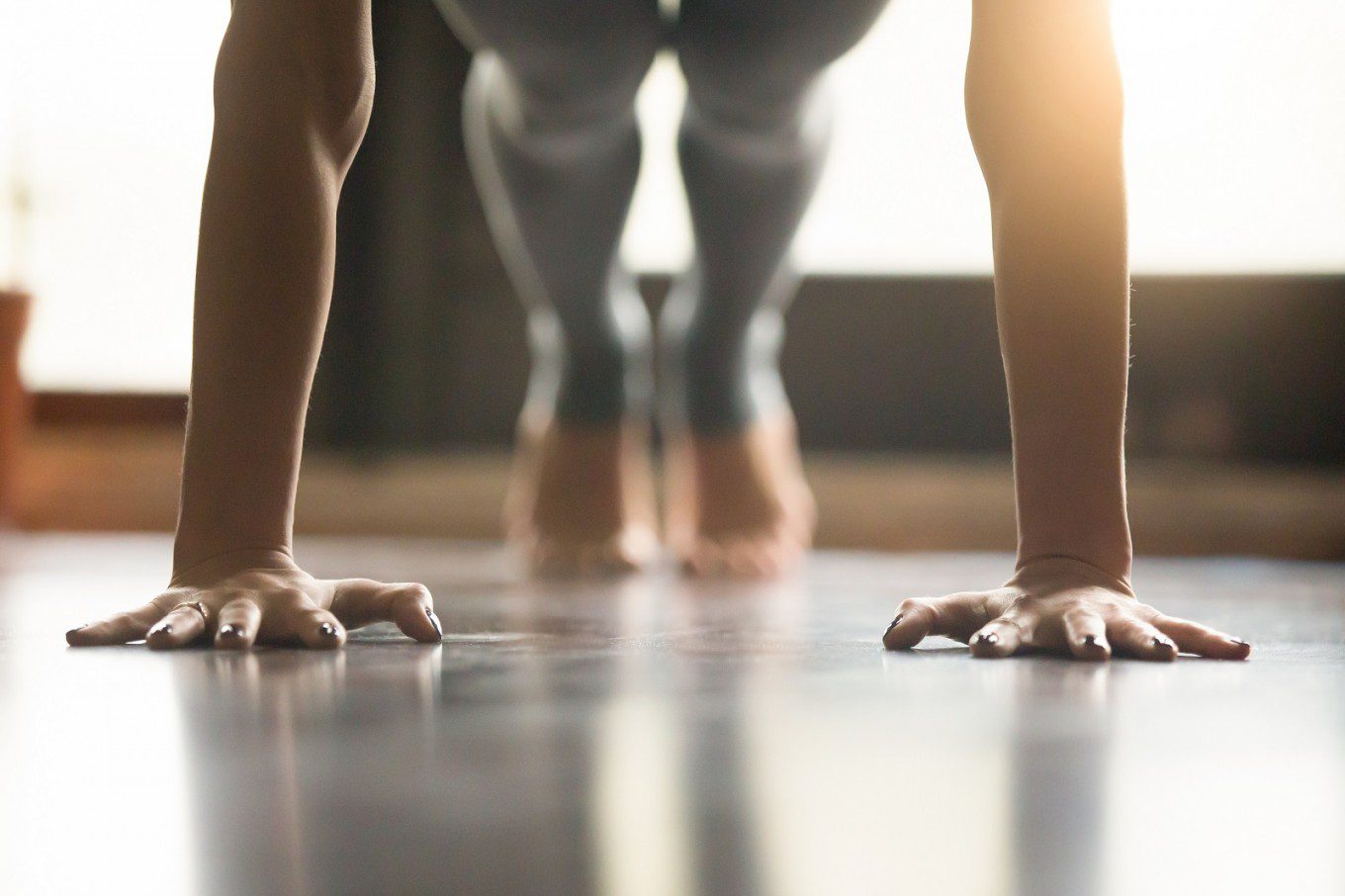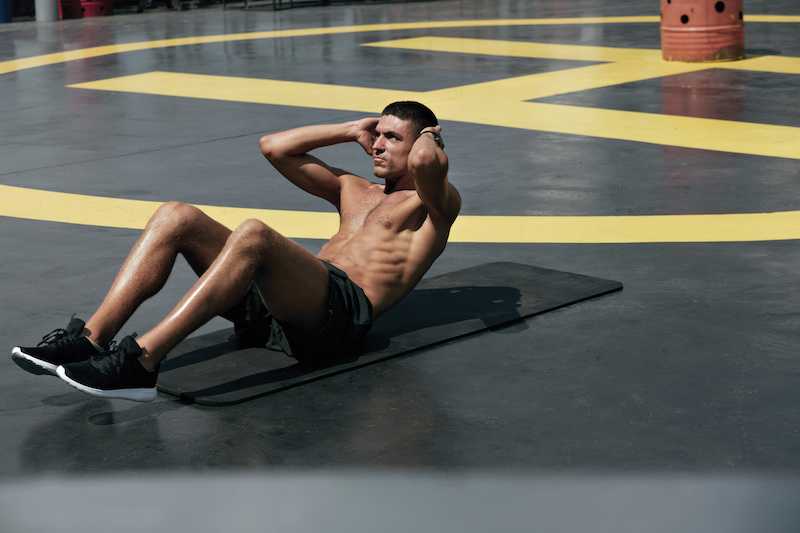
The best online fitness resource you'll ever need. We filter out the BS to ensure you meet your health and fitness goals!

The best online fitness resource you'll ever need. We filter out the BS to ensure you meet your health and fitness goals!

Let’s take a look at two powerhouses of the core training world: planks and crunches. They are so ubiquitous that most people who are training their cores for the first time will gravitate towards them naturally, unthinkingly, alongside the age-old sit up.
However, these days the sit-up’s benefits have been largely debunked– see below. In their place, it’s down to the plank and crunch to vie for primacy.
If you pit one against the other, there will undoubtedly be a winner. But which is it?
Sit-ups held centre stage for years. However, trainers and fitness experts are turning their backs on them. This is for two simple reasons: they’re a little bit rubbish and a little bit dangerous. They are a bit rubbish at building core strength and a bit dangerous to the muscles of the lower back, which take most of the stress during sit-ups’ execution.
This really just leaves us planks and crunches at the basic level (there are hundreds of fantastic, slightly more advanced core exercises to graduate to once you’ve mastered these two).

Crunches are a form of sit-up in which the range of motion has been shortened considerably. They put a lot less stress on the lower back, rely on the lower back a lot less for force generation (if at all) and, when performed correctly, keep constant tension in the rectus abdominis (especially the upper abs).
Proper technique can be tricky to master. It is also vital, as the movement relies upon mind-muscle connection to the rectus abdominus alongside the maintenance of tension to the core. There is also a tendency for beginners to pull on their heads and necks to generate force, which will put undue stress on them and risk injury. However, when performed correctly, crunches can be very good for zeroing in on the six pack muscles.

Planks have a lot going for them. They are simple to begin (though take a lot of practice to perfect) and they target a lot of muscle mass isometrically (tension without moving). To perform them, simply get into a push up position with your feet and hands about hip width. To make them easier, take a wider stance with the feet; to make them harder, take a close stance. Also feel free to go down onto your forearms rather than your hands.
Simply hold this position for either a set time or for as long as possible. To increase tension in the core, keep your hips at the same height as your shoulders, push the ground actively away, thus slightly rounding the shoulders, and try to bring your feet towards your upper body.
Planks are easy on the back and come with the added virtue of using your abs as they are meant to be used- to resist motion, bracing the spine and enabling it to stay steady under load. Not only will you strengthen your core, you will also learn the valuable skill of holding it braced and steady: this will translate to improved overall strength over time.
Nor are abs the only beneficiaries of plank performance. Though it is an isometric move, the plank can easily be classed as a compound exercise. The full range of core muscles come into play (transverse and rectus abdominus, internal and external obliques) alongside the shoulders, upper arms, and lats, among others.
Realistically, planks both train your core and teach its disparate elements how to work as a cohesive unit.
Both exercises are good. If you want to embark on a core strengthening routine, they are worthy additions. If you decide to use both, it is a good idea to program planks first, followed by crunches, so that your core routine will look something like this:
This is because planks use more of the core and so should be treated as a compound, whilst crunches are more specialised and thus should be treated like an isolation movement. Performing crunches before planks will bring no benefits and may impair your ability to hold the plank.
If you want just one, however (and, after all, that’s the point of this article!), we need to weight up the pros and cons of each.
Firstly, let’s take a look at sheer range and mass of muscles targeted. As mentioned above, crunches zero in on the rectus abdominus. This is good if you want to isolate your six pack muscles. However, for overall core development and strength, the plank takes an early lead: it works far more muscle mass and teaches you how to maintain core integrity efficiently.
This being said, there is no outright winner for hypertrophy. The plank will work a wider range of muscles but won’t necessarily lead to better growth overall- the gains will be spread out. Crunches will build the same amount of muscle, just condensed into a smaller area. In fact, if your goal is a six pack, crunches may even take a small lead.
All exercises need to maintain a good balance between risk and reward. There is always risk with any exercise- the main thing to worry about is whether or not the payoff is worth it. With sit-ups, the payoff is definitely not worth it, for example. It is worth it with both crunches and planks: there is minimal risk of injury compared to the great gains to be won through the midsection.
However, planks come out ahead, here. Crunches can still lead to lower back stress, especially when performed incorrectly. It is hard to injure yourself performing a plank, on the other hand.
With all this in mind, we’ve got to declare planks the winner. They are incredibly safe and incredibly effective. They build muscle across the whole midsection and beyond, teach you core control, and improve overall torso stability in a way that few exercises manage.
Planks win every time.